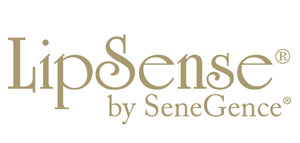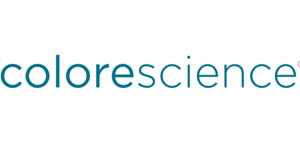Platelet Rich Plasma Therapy
At SkinRhümMD, Dr. Amanda Patenaude has been performing PRP therapy as a treatment option for male and female patients experiencing hair loss for many years. PRP is a non-surgical hair restoration option for patients who require stimulation of hair growth for hair loss conditions.
Drawing platelet rich plasma (PRP) from the patient’s own blood and then reinjecting it into the scalp is a method of promoting hair growth which stimulates the body’s own natural cells to counteract the hair loss process.
Scientific studies recognize PRP as an all-natural medical procedure performed in physician’s offices for scalp, skin, and hair stimulation.
How PRP works
 The body is equipped with a complex system for repairing injuries and replacing old tissue. Our blood contains stem cells that can develop into connective tissues as needed, as well as specific growth factors which promote regeneration and healing. When blood is separated in a centrifuge to isolate platelet rich plasma (PRP), these factors are present in higher concentrations.
The body is equipped with a complex system for repairing injuries and replacing old tissue. Our blood contains stem cells that can develop into connective tissues as needed, as well as specific growth factors which promote regeneration and healing. When blood is separated in a centrifuge to isolate platelet rich plasma (PRP), these factors are present in higher concentrations.
The idea of using PRP to treat hair loss is that the growth-stimulating properties of the plasma may be able to induce activity in previously inactive hair follicles, kick-starting the body’s natural process of producing new hair.
Early data suggests that as many as 50% of patients treated using PRP for hair restoration may experience some positive benefit. However, PRP therapies have been used for decades in addressing skin regeneration and wound healing. They have also been shown to be effective in various fields of medicine, including: Plastic surgery, Oral surgery, Neurosurgery and Orthopedics.
Micro Needling for Hair Loss (Dermapen)
Evidence suggests that micro-needling, or collagen induction therapy, combined with PRP has been reported to be extremely effective in reversing hair loss. It does this by stimulating blood flow and increasing the availability of cell nutrients at the hair follicle level. The same skin remodeling that is triggered for facial skin may also help improve the condition of the scalp and lead to the maintenance of current hair count or actually increase hair count and thickness.
Micro-needling dramatically increases the effectiveness of topical agents like PRP. The skin has an outer barrier known as the stratum corneum. This layer is composed of dead skin cells, fats, oils and cellular debris. It prevents molecules of a certain size from penetrating the skin. The many tiny openings created by the micro-needling process can be thought of as channels which allow solutions like PRP to bypass this barrier and deliver results to parts of the skin that otherwise would be prevented from their delivery. This significantly increases the impact of PRP hair restoration therapy.


Rather than inject the PRP into the scalp with a syringe, Dr. Patenaude uses a micro-needling device, which is an almost painless technique, to apply the PRP. Micro-needling produces multiple tiny punctures in the scalp at a specific depth, through which the PRP can travel down to directly stimulate the hair follicles.
Micro-needling and PRP for hair restoration provides the best results after a series of treatment sessions. You must allow some time in between sessions for the micro-channels to heal normally before beginning another round. This ensures that your body is able to remodel the treatment site and deposit fresh collagen to form new scalp tissue, which pushes up from below the treated area.
How the PRP hair restoration treatment is performed
Blood is drawn in our office as though you are having routine blood test. The blood is then spun in a centrifuge and the PRP is separated and removed from the rest of the blood.
The highly concentrated platelet rich plasma (PRP) is then injected into the scalp. No sedation or any medication is needed during the procedure. Because PRP therapy is a minimally invasive, nonsurgical treatment option, no scarring will occur, and you will be able to drive yourself home immediately after the procedure.
It is recommended to begin with a series of 6 monthly hair restoration treatments. Results typically begin to become visible approximately 4-6 months after the initial treatment, and patients are generally advised to undergo subsequent treatments every 3-4 months to maximize results. PRP can be used on its own or in conjunction with other treatment modalities to minimize or reverse hair loss in healthy adults.





